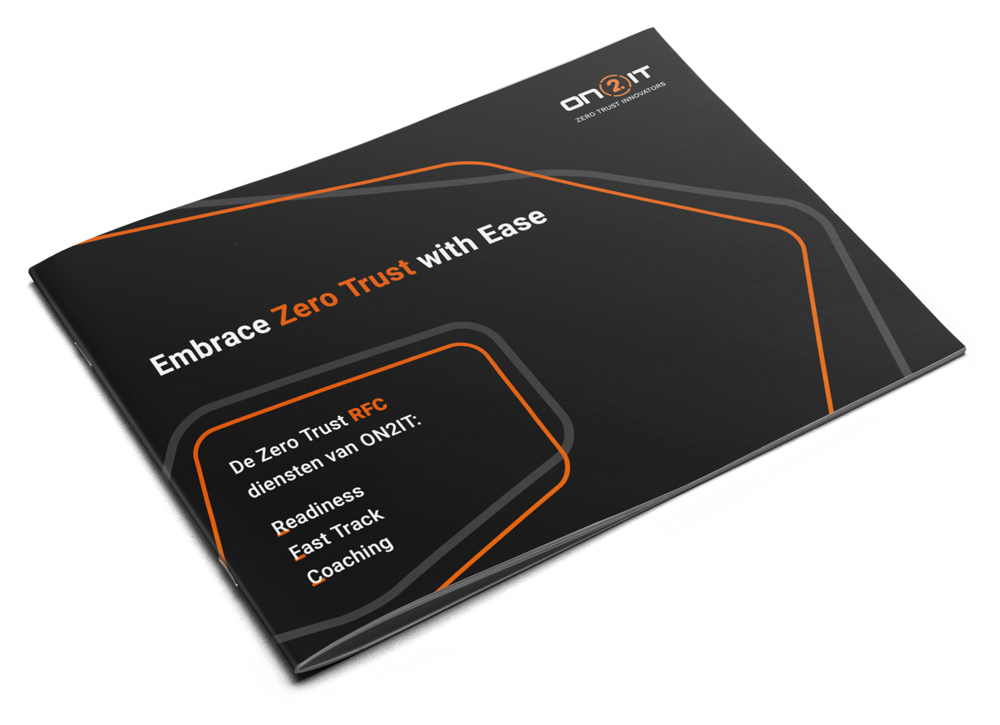Reading Time: 3 minutes
Category: Artificial Intelligence, Trends and reports
An employee asks if they can deploy their own AI agent to process internal documents. They’ve found one that runs effortlessly via a cloud service and “just needs access to the shared folder.” Sounds convenient, but what if that agent starts leaking sensitive data to third parties? What if the source code or the model itself can be tampered with? What if an attacker uses that agent as a stepping stone into your systems?
“Hackers move faster than you think,” wrote Wired in February 2024. In that article, they described how attackers exploited a newly launched AI model within hours to extract sensitive data and manipulate the model’s behavior.
AI holds tremendous promise, but it also creates a whole new attack surface. Especially when organizations build or integrate AI solutions themselves. Think prompt injection, model theft, unauthorized API access, or training data quietly containing sensitive information.
UNDERSTANDING AI
Still, that’s no reason to abandon or mistrust AI. Think of a carpenter handed a powerful new saw. You wouldn’t say, “Too dangerous, forget it.” You’d learn how to use it properly, take precautions, and create a safe workspace. AI is no different: used well, it’s a powerful tool. But you need to understand where the risks lie, and how to guard against them.
Here’s what we frequently encounter in the field:
- AI systems deployed in the cloud without proper network segmentation.
- Models and datasets accessible to everyone in the company, or worse, to anyone with a link.
- A lack of clear controls over who has access to what, and why.
Adding to the complexity: AI is often built and used across multiple teams: data scientists, developers, business units. Without clearly defined boundaries and responsibilities, blind spots emerge. Attackers love those.
SO HOW DO YOU GET IT RIGHT?
Securing AI starts with clarity and discipline. A mature organization embraces a Zero Trust approach: no implicit trust, only explicit access controls based on identity, context, and behavior.
Concretely, this means:
- Segment: Isolate AI components (models, datasets, APIs) within the network.
- Restrict: Grant access only to those who truly need it — and review it regularly.
- Monitor: Continuously watch behavior and respond to anomalies in real time.
Since 2010, we’ve helped organizations build Zero Trust environments, and today, that includes AI. We work with you to identify the risks, design protection around your AI assets, and make sure innovation stays safe.
AI is too important to leave unprotected. The risks are real. The attacks are happening. But with the right strategy, there’s a lot to gain.
Sources: Wired (2024), Microsoft Security Blog (2023), NIST AI Risk Management Framework (2023), Microsoft:Use Zero Trust security to prepare for AI companions (2025)


